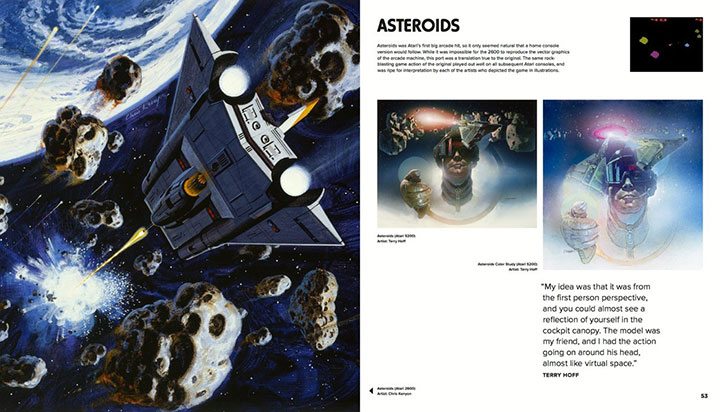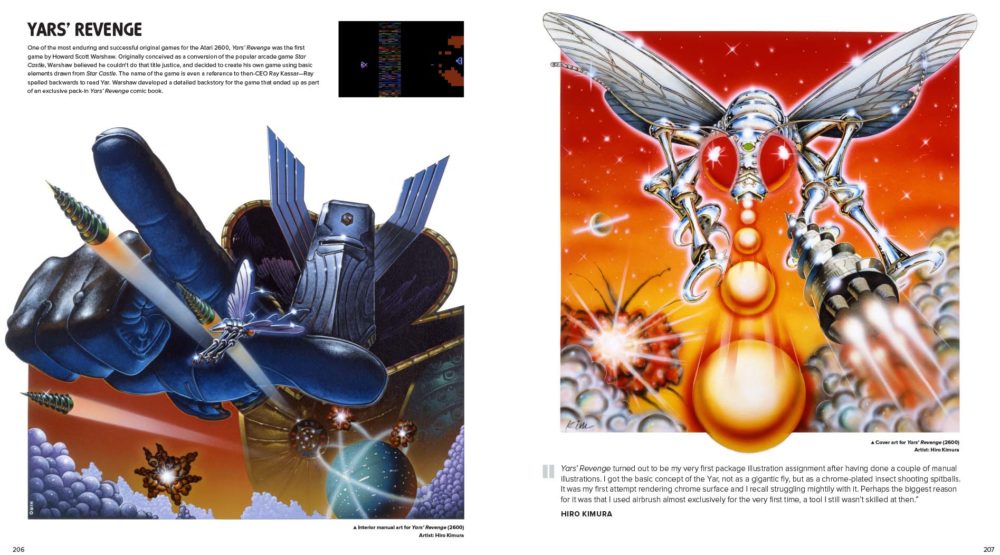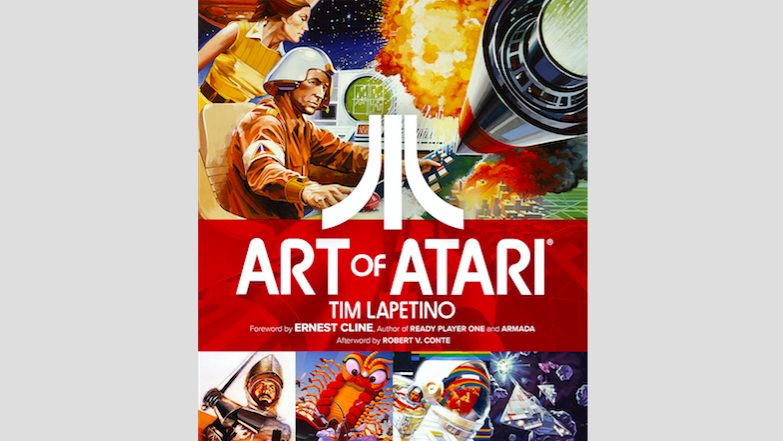
My middle and high school years took place in the 80s and a good percentage of my spare time was spent playing video games. I grew up during the heyday of video arcades when a dollar could get you ten tokens at Spaceport in University Mall in Pensacola, Florida. If you were lucky enough to get a gold token in that batch, you could trade that in for a bonus 10 tokens. My parents could drop me off at the arcade with just $1 or $2 and they knew I wasn’t going anywhere for an hour or two.
For my 7th grade Christmas, my parents surprised my siblings and me with an Atari 2600 under the tree. The title on the box was actually Atari Video Computer System, or VCS. It had that awesome faux wood grain front and ribbed top panel that my brother and I would discover wasn’t a good place to set your drink. Tucked in the box were two joysticks and a single game… Combat.
My parents had (thankfully) put a few extra games under the tree (Asteroids and I think the other was Space Invaders). I don’t recall getting much done that Christmas Day but I do know I played that console way too long and probably did severe damage to my eye health. The graphics weren’t as great as the ones I would see in the arcades, but I didn’t care… I could play video games at home!
I have a lot of fond memories of that 2600 and the many games that would be played on it — Adventure (one of my favorite, and I actually discovered the hidden Easter Egg all on my own!), Yar’s Revenge, Vanguard, Pac-Man (it sucked), Haunted House, and many more.
I still have my 2600 in the basement along with a number of cartridges I’ve picked up over the years at flea markets on the off chance my own children might enjoy playing them. (Not so much.) Atari will always hold a special place in my heart, and while I’ve discovered a lot of the history of Atari over the years via the internet and just random bits of trivia gathering here and there, what I knew about Atari was just a fraction of what I’ve learned in a new coffee table book called by Tim Lapetino. If you’re a true fan of Atari, this book is going to make you grin ear to ear…

Beginning with a Foreword by Ernest Cline (author of Ready Player One and Armada), Lapetino offers up his own history with Atari and the purpose for his research for this book — giving credit to the numerous “unsung hereoes of Atari — illustrators, designers, art directors, industrial designers, and others — to tell their stories and share insights into the work they did.”
One of the most interesting pieces I’ve ever read on the history of Atari follows, from its birth to the end, from Pong to the sell-off by Warner Communication in 1984. Additional sections focus on the development of Atari’s style, including the Mount Fuji logo we all know and love. (The details of how the logo came about are quite interesting — two different tales depending on who is telling the story.)
 You’ll find details about Atari’s coin-operated arcade games and see how their artwork, fonts, and overall appearances were key to the company’s success. Plenty of sketches and prototype artwork are scattered throughout the book, but it’s the first 50 pages that really define what the company was doing and why.
You’ll find details about Atari’s coin-operated arcade games and see how their artwork, fonts, and overall appearances were key to the company’s success. Plenty of sketches and prototype artwork are scattered throughout the book, but it’s the first 50 pages that really define what the company was doing and why.
Once the VCS is introduced, however, the next 240 pages focus on specific game cartridges, with full-color photos of the game boxes and additional photos of many of the most popular games’ early and alternative artwork. Screen grabs are provided along with small blurbs that provide some fun little details about 120+ games. Key artists bios are provided (including lists of the games for which they should have received credit) along with interviews about key games. Many games get lengthier discussions (such as E.T. The Extra-Terrestrial — you’ll learn that the game was NOT the big loser that the media has portrayed it to be and most certainly not the cause of Atari’s demise) or closer looks at their development with original artwork layouts and hand-written notes.
 The book closes out its 350 pages with an examination of the various designs of its products, including many products that never saw the light of day. Sketches, schematics, photos of prototypes, and a few surprise design variations that made me smile fill more pages, and there’s a great section that documents box art and copy (text) development process that was decidedly low-tech in the 80s but still produced amazing looking products on the shelf that were recognizable around the world by any Atari fan.
The book closes out its 350 pages with an examination of the various designs of its products, including many products that never saw the light of day. Sketches, schematics, photos of prototypes, and a few surprise design variations that made me smile fill more pages, and there’s a great section that documents box art and copy (text) development process that was decidedly low-tech in the 80s but still produced amazing looking products on the shelf that were recognizable around the world by any Atari fan.
Lapetino has done an incredible research job for Art of Atari, and his pages will cause you to hear the pings and pops and buzzes of those early Atari games on the small 4:3 ratio TV screen. You are going to love the waves of nostalgia that these pages bring.
Note: I’d like to thank Dynamite Entertainment for providing the requested copy for review.




